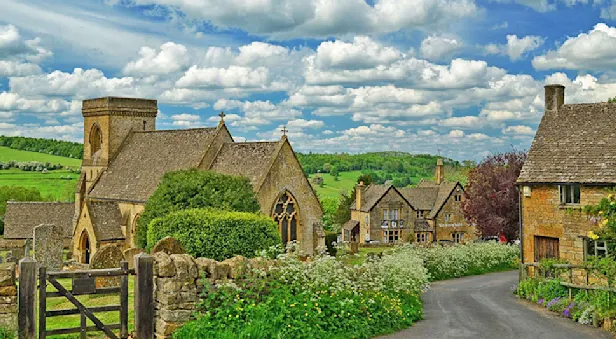Duke of Burgundy Facts | Wildlife & Flora in the Cotswolds
The Duke of Burgundy is a small butterfly with an unassuming appearance. The Cotswolds remains one of the last strongholds of this sharply declining species. Small, with an orange and brown pattern similar to the fritillary clan, this butterfly is the only species of the metalmark family found in the U.K.
The Duke of Burgundy butterfly is single-brooded, with adults flying from late April to early June. They favor two types of principal habitat– chalk or limestone grassland with appropriate shelter or ancient woodland sites with sizeable glades. In both habitats, it requires an abundance of its food source, which is primrose in the woodland, and cowslip in the grasslands. Eggs are laid on the underside of the food plant in groups of up to eight. Plants will show distinctive feeding damage from the larvae, which will create a peppering of small holes whilst they feast at night.
This butterfly tends to form very small colonies due to the limit of suitable breeding habitat. Males are territorial, while the females are much more mobile and will be seen moving freely over suitable habitats, with some found having moved 820 feet away.
The decline of this species is attributed to habitat loss, and a number of efforts are underway to recreate and maintain suitable habitats.
See England & Scotland’s Wildflowers on These Trips

The Cotswolds: Exploring English Nature
Wander ancient beech forests and wildflower meadows, follow hedgerows and trout-filled streams, tour private gardens and meet artisan food producers, in an idyllic landscape with a focus on native habitats and conservation.

























